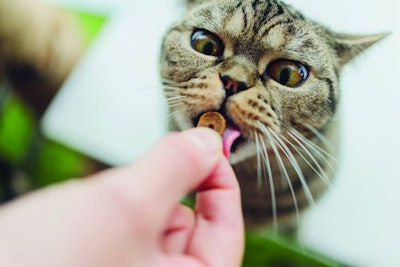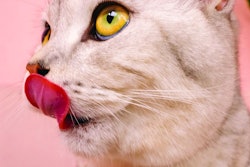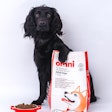
As a cat lover, I couldn’t help agreeing with a Packaged Facts survey respondent a few years ago who succinctly expressed their level of satisfaction with cat food product offerings: “Cats are treated like second-class citizens.”
Since then, however, I have seen more product development for cats, even during the pandemic. Perhaps pet brands are catching on that more people, especially among certain demographics, are bringing cats into their homes—can you really own a cat?—and spending on them.
The rate of cat adoptions in the U.S. has risen from 51.4% in 2019 to 59.6% in 2022, according to Shelter Animals Count. And while the overall rate of cat ownership in the U.S. has remained steady since before the pandemic, and the estimated number of cats owned dipped slightly from 2019 to 2021, cat ownership among minorities has been growing for 10 years, according to data shared by Packaged Facts.
From 2011 to 2021/2022, the number of minority cat-owning households in the U.S. increased from 3 million to 5.7 million, per MRI-Simmons data. That’s a 92% growth rate among Hispanic, African-American and Asian-American communities. Hispanic cat-owning households alone have risen by 1.2 million since 2011.
Data from the American Pet Products Association (APPA) National Pet Owner Survey showed U.S. cat ownership rates rising in younger generations, reaching 13% among gen Z, 34% among millennials and 26% among gen X. That contributed to 45.3 million cat-owning households as of the end of 2020.
Having cats in the home is one thing; cat owners used to have a reputation for spending less on their furry family members. Yet now, perhaps due partially to a greater variety of products, spending on cat food is rising and is especially robust for cat treats: Average sales of treats per cat in the U.S. increased 52% from 2019 to 2021, according to Packaged Facts.
The APPA owners survey recorded average spending per year: For cat owners buying cat food, that rose 11% in 2020, while average cat treat spending increased 24%. Gen X accounted for the highest levels of cat food spending (35%, with Boomers just behind at 34%), while millennials had a 21% share.
These rising numbers of people among specific groups bringing cats into their homes, and spending on them, offer a ripe opportunity for pet food brand growth.
Measuring cats’ food enjoyment



















